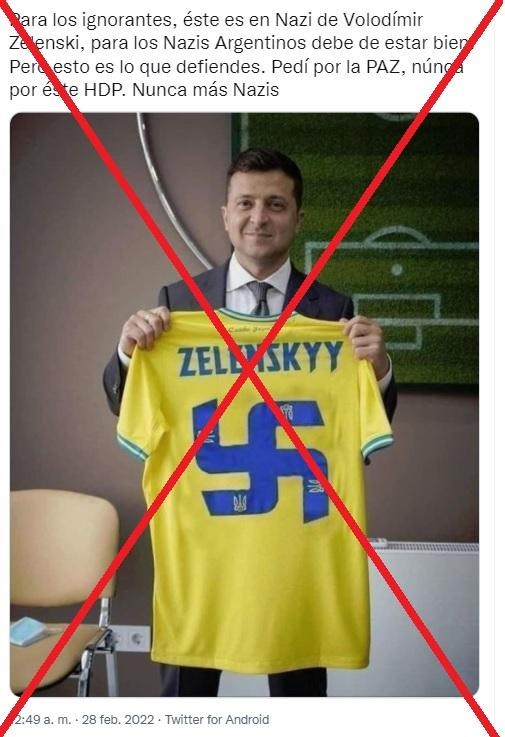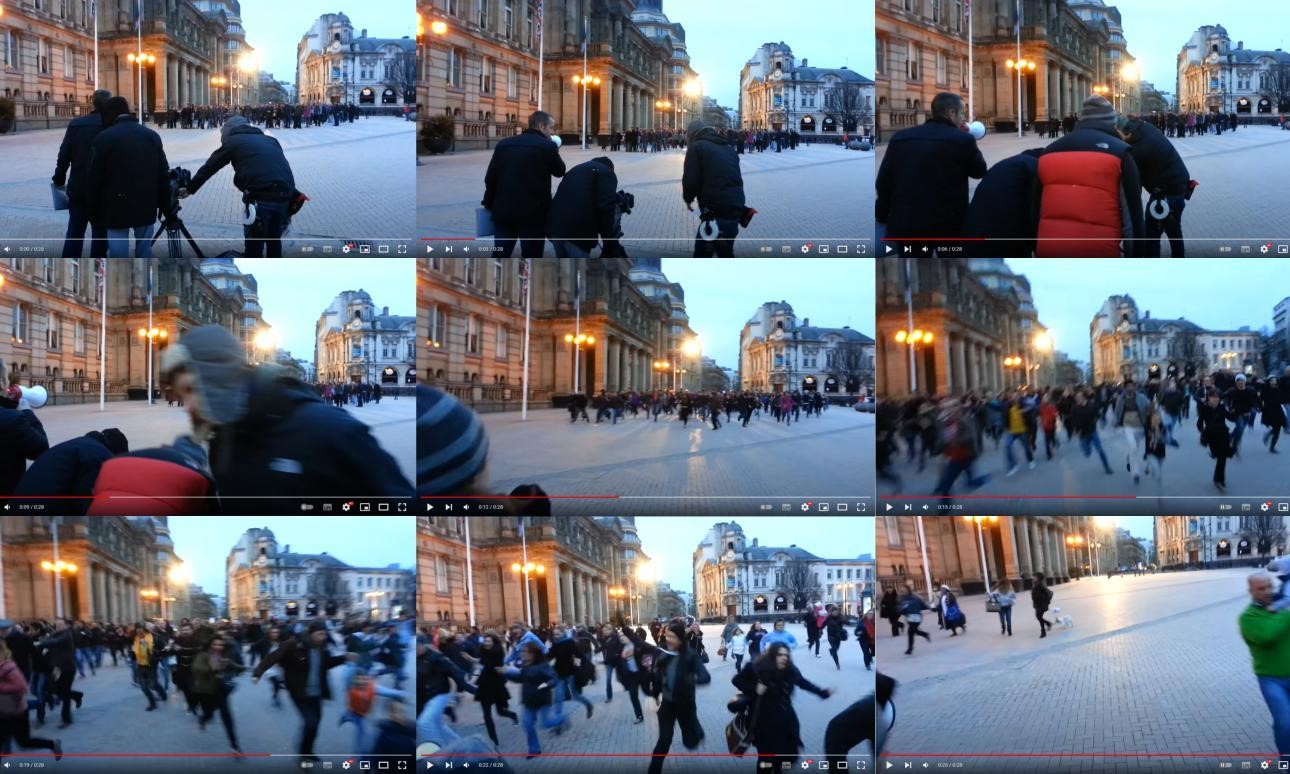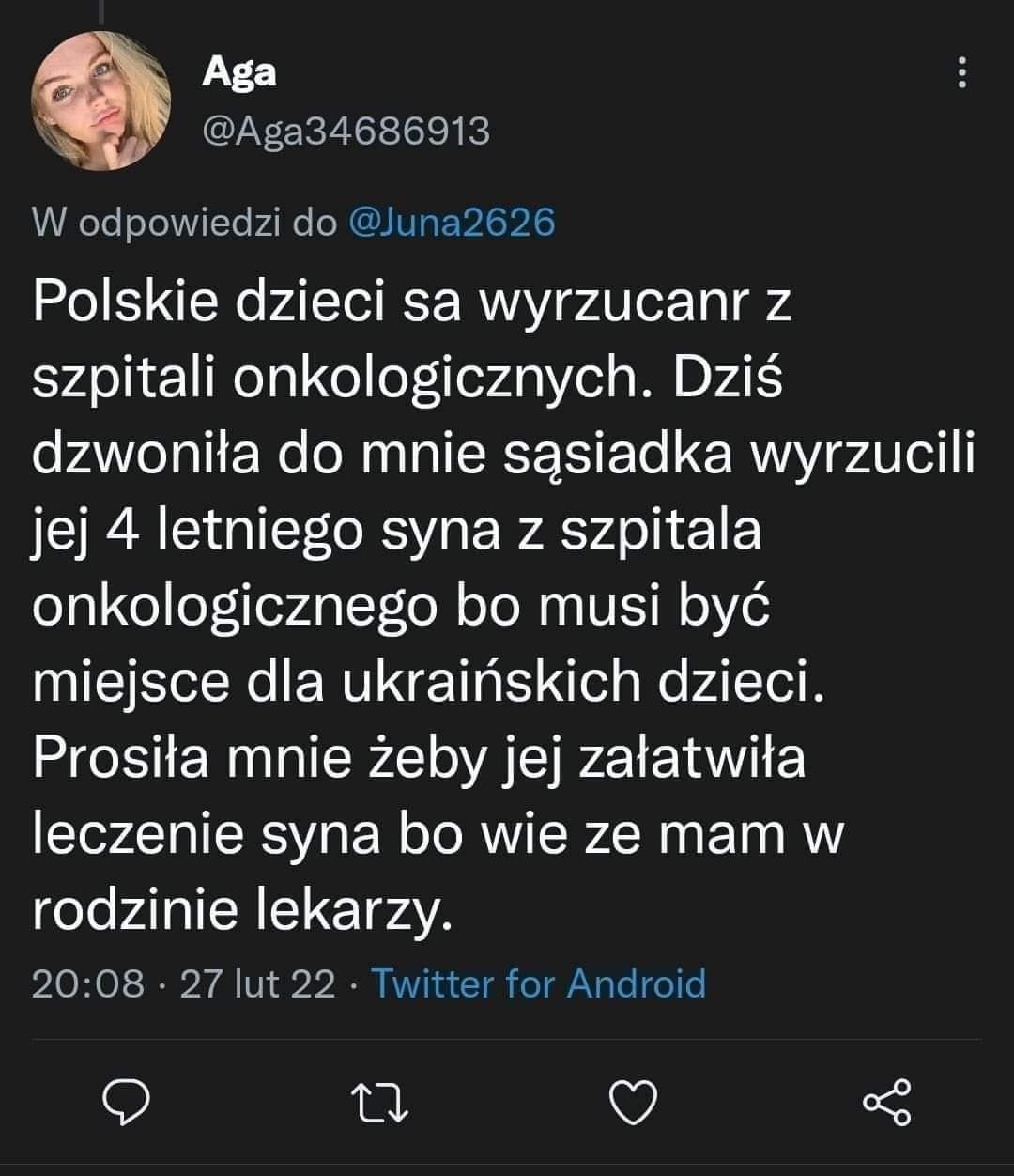Since February 24, 2022, when Russia started its military attack against Ukraine, disinformation about the ongoing conflict started to grow all over Europe (and beyond). In order to track the spread of hoaxes, false news, and decontextualized content, the organizations part of the European Digital Media Observatory (EDMO)’s fact-checking network have started gathering the debunking articles published on their respective websites. As of March 10, 2022, EDMO’s database counts more than 300 fact-checking articles about the Ukrainian conflict.
Many false news seem to steer away from specific propagandistic intentions: for instance, fact-checkers analyzed several pictures and videos that have nothing to do with the current conflict, but nonetheless have recently been presented as portraying events that happened in Ukraine. An example among many: a picture of a bombed building shot in Yemen in 2015 has recently been used as a depiction of the current war in Ukraine a few days ago.
Apart from these kind of stories – that certainly add confusion to an already chaotic landscape – the analysis of the articles published by member organizations of EDMO’s fact-checking network highlighted five main narratives shaping disinformation about the current war in Ukraine:
- instill fear about possible global catastrophic consequences of the war;
- misleading representations of Ukrainian president Volodymyr Zelensky as a pro-nazi leader;
- misleading representations of Zelensky and the Ukrainian army to emphasize bravery or power;
- a conspiracy theory claiming that the war was staged and is not really happening;
- wrong information about Ukrainian refugees trying to leave the country and enter other EU states.
Let’s see what they are about and the false or misleading messages they try to convey.
Instill fear: from the Third World War to a biological disaster
A first, popular example of disinformation seen all around Europe aims to create panic and instill fear in the general public, mainly through two alarming claims: other countries would be ready to join the fight, and the war could cause a terrifying biological or nuclear disaster.
Several fact-checking articles debunked social media posts or web articles which claimed that, apart from Ukraine and Russia, other countries would be planning to enter the conflict, thus turning it into a full-scale war. On February 24, the first day of the conflict, Spanish fact-checkers at Maldita.es and Newtral debunked a video that was spreading on social media where U.S. President Joe Biden was quoted as saying that the country will “attack Russia before it can cause any damage to the Ukrainian people.” While the video is real, subtitles were invented: Biden never uttered those words.
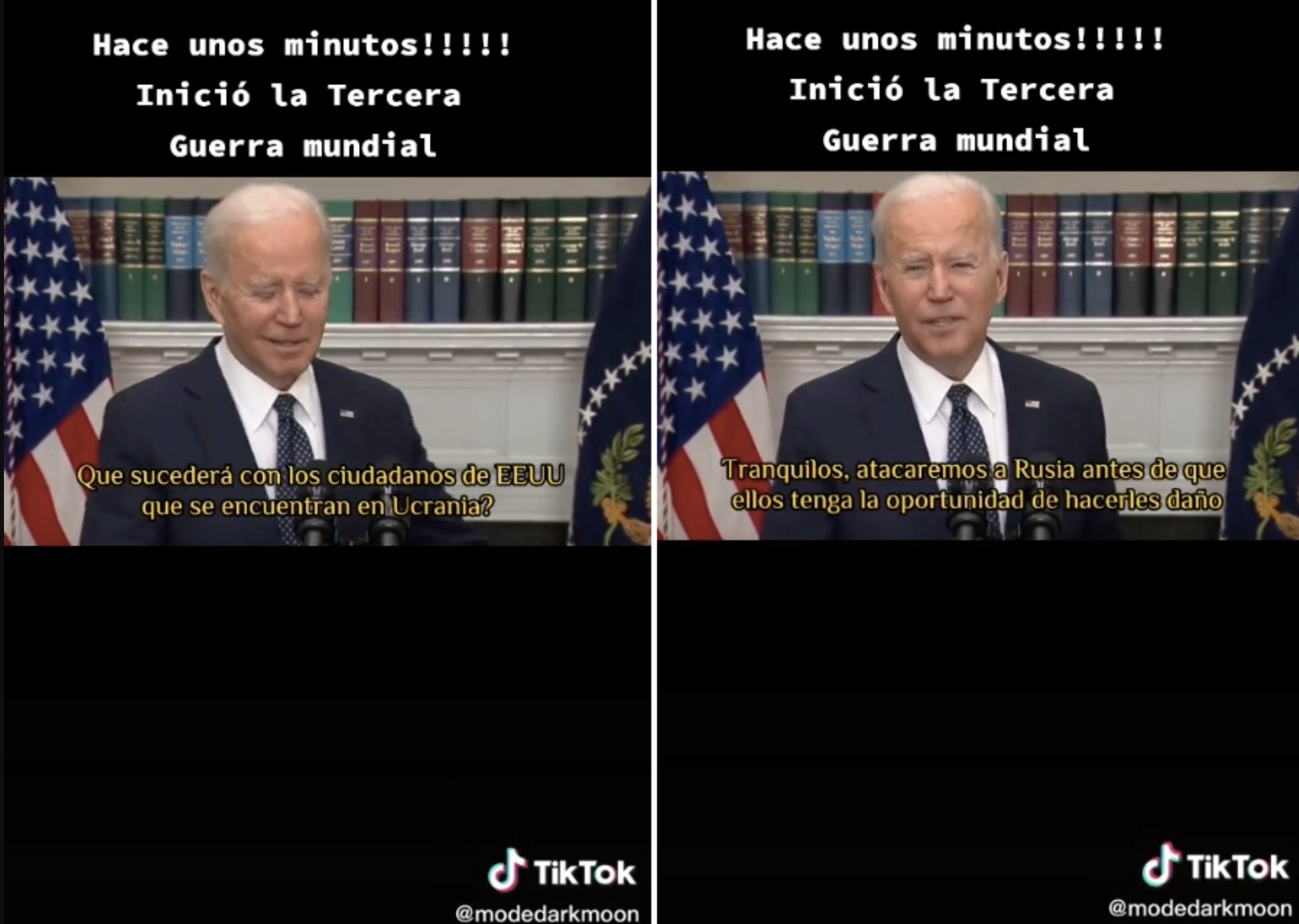
Maldita.es also debunked a Twitter post which falsely claimed that North Korea had just sent armed troops to Russia, while France’s Afp debunked a claim by China’s Defense minister who allegedly said that China would be ready to help Russia “anywhere” and “anytime.”
Sometimes, false articles stated that other leaders would somehow be involved in the war. For instance, Lithuanian fact-checkers at Delfi verified a story which claimed that the country’s Foreign Affairs minister asked the European Union to invade Russia (he didn’t), and Portuguese fact-checkers at Poligrafo clarified that Brazil’s president Jair Bolsonaro did not stop World War III by asking Putin to back down.
On the other hand, another popular false narrative circulating in Europe claims that the United States are currently operating several biological or “bio-military” laboratories in Ukraine, which could be dangerous for the population and are now being targeted by Russian forces. However, in 2020 the Ukrainian intelligence denied the existence of such labs, and fact-checkers from several countries – including Italy, Spain, Norway, and Poland, – found that the information is a recurring theme in Russian propaganda.
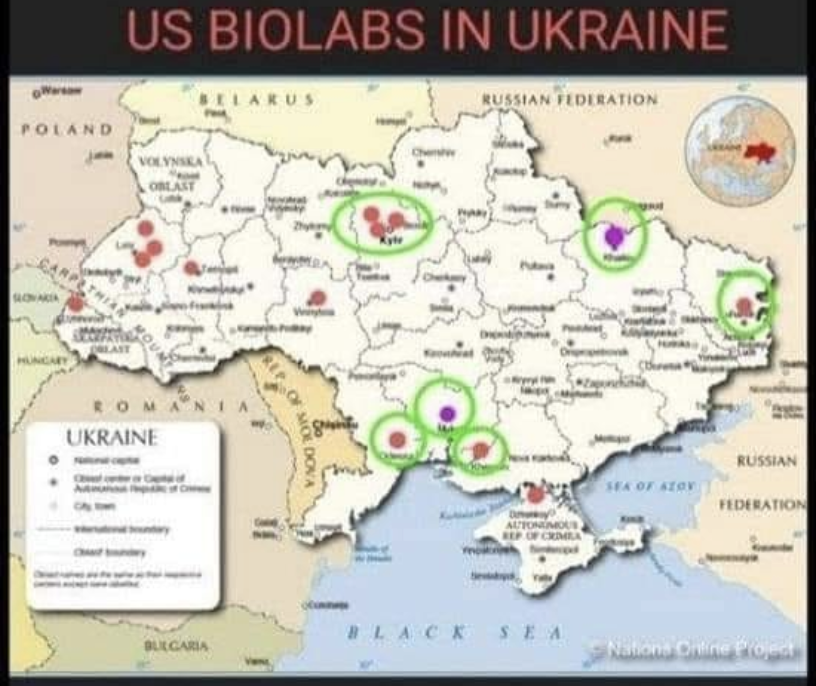
Alarming and sensationalized news also circulated with regards to the possibility of an imminent nuclear disaster: fact-checkers debunked messages which claimed that Russian forces had damaged a disposal site for radioactive wastes in Chernobyl, or fully destroyed “Europe’s largest nuclear power plant” in Zaporizhzhia, or even that the Greek government would distribute iodine pills to protect citizens from radiation exposure. All of this is unfounded.
Zelensky is not a neo-nazi, and he didn’t flee his country
Disinformation also focused on the role of the Ukrainian army and, more often, of the country’s president Volodymyr Zelensky. Misleading content has been used to portray him in opposite ways: either as a Nazi and a coward (in a pro-Russian perspective), or as a national hero (in a pro-Ukrainian one).
Regarding the first case, several fact-checking outlets debunked the news according to which Zelensky wore a t-shirt with the Nazi iron cross during a press conference: it was actually the symbol of the Ukrainian land forces. Another version of this hoax uses a picture taken before the conflict and showing Zelensky holding a football t-shirt with the president’s name and a swastika on the back. However, the image was altered, and the swastika has been digitally added to replace the number “95”.
During the first days of the war, false news spread claiming that Zelensky had fled the country to reach personal safety, thus framing him as a coward abandoning his own people to their fate. The information was also spread by Duma’s President Vjačeslav Volodin through his official Telegram channel. Spanish fact-checkers at Maldita.es clarified that it was false: Zelensky was – and still is, as of March 10 – in Kyiv.
These kinds of false news are consistent with Russia’s narrative of the war: at the dawn of the attack, in fact, president Vladirim Putin justified the operation as having the goal to “denazify” Ukraine .
Exaggerated tales of Ukrainian heroism
At the same time, an opposite narrative is also spreading across Europe which tends to exaggerate operations conducted by the Ukrainian forces, and the role that president Zelensky himself is playing in the armed fight.
Sometimes Zelensky has been depicted as a national hero who is directly fighting for his country alongside actual soldiers. Since the war began several pictures resurfaced on social media or news websites, showing Zelensky on the field in a full military uniform. The pictures are real, but they were taken in 2021, when the President visited the Donbass region.
Misleading representation of heroism on the Ukrainian side did not stop at the President: Spanish and Portuguese fact-checkers investigated the myth of the “Ghost of Kyiv”, a sort of guardian angel of the capital’s skies who supposedly have already shot down as many as ten Russian airplanes during the conflict. Photos of the pilot, covered with a full-face helmet which makes him unrecognizable, became popular online and were also shared by the former Ukrainian President Petro Porošenko on Twitter. However, the picture dates back to 2019, and the name attributed to the “ghost” – Vladímir Makarov – comes from a video game.
The war isn’t real
A third, popular disinformation narrative claims that the war in Ukraine, which started when Russia invaded the country, is not real – all we are seeing is carefully staged. European fact-checkers debunked several videos showing actors wearing make-up to look wounded, or people running and screaming when instructed to do so. The videos were presented as if they were filmed during the conflict but, of course, this is all false: the videos come from actual movie sets, but have nothing to do with the war.
Another popular video, presented in a misleading way, shows a journalist reporting in front of several rows of (false) body bags spread out in a public square. During the video, some of the bags start moving, clearly showing that the people in them are alive. Conspiracy theorists claimed the bags were covering the Ukrainian victims of the conflict, and the fact that some of them were actually alive would prove that the war is being staged. Fact-checkers clarified that the video is real, but it was shot during a protest against climate change in Austria, and has nothing to do with the war in Ukraine (as a side note: the same video has recently been used to claim that the COVID-19 pandemic is also staged).
According to the United Nations, as of March, 8 more than 500 Ukrainian civilians were killed during the war, a toll that is likely to be underestimated.
Disinformation about refugees
The last narrative we identified is related to the millions of refugees that are trying to leave Ukraine and find shelter in neighboring European countries, mostly Poland, but also Hungary, Slovakia and Romania. The United Nations reports that as of March 8, 2022, more than 2,3 million people left Ukraine, and 1,4 million entered Poland.
The quick growth of migratory flows toward Eastern Europe fueled disinformation, and false or misleading false news started spreading online. A Twitter post from a Polish account, for instance, stated that Polish children were being thrown out of oncological hospitals to make space for Ukrainian patients. Fact-checkers at Demagog reported that the allegation is unfounded and it has been denied by national authorities, doctors, and representatives of the hospital facilities.
Another false news circulated in Poland claiming that Ukrainian refugees were immediately receiving the country’s citizenship and, therefore, would be allowed to vote in political elections, participate in state aid programs, and obtain other benefits. However, Demagog clarified that the Polish government was actually providing refugees with a “Pesel” number, an identification code normally given to foreigners – used even before the Ukrainian war – which is different from full citizenship.
These misleading news items can easily instigate xenophobic feelings against refugees, thus weakening Europe’s cohesion and humanitarian efforts. On a broader level, a negative narrative about Ukrainian refugees in Poland, Hungary, Romania and Slovakia can also divide and polarize Europe’s public opinions and political landscape.
In conclusion
As of March 10, EDMO’s database about disinformation in Ukraine counts more than 300 fact-checking articles. Five main narratives are emerging from this crowd to misrepresent the developments of the war. Some false news even go as far as claiming that the whole conflict is being staged.
However, while this account portrays the situation as of March, 10 – about two weeks after the war began – it should not be considered as set in stone: the web of disinformation is wide and ever changing, and we will continue to monitor its developments closely.
Editing: Laura Loguercio and Tommaso Canetta from Pagella Politica

